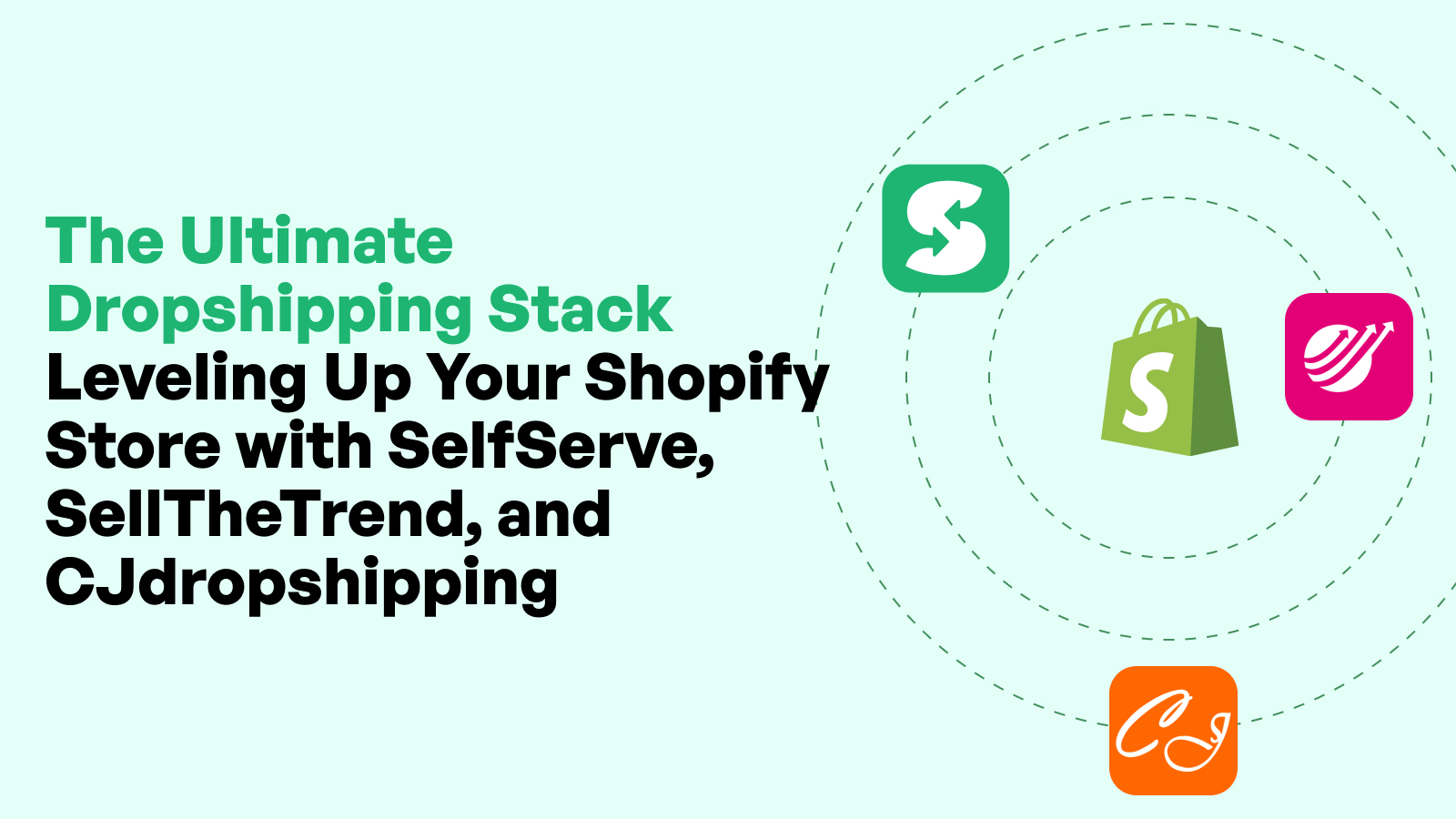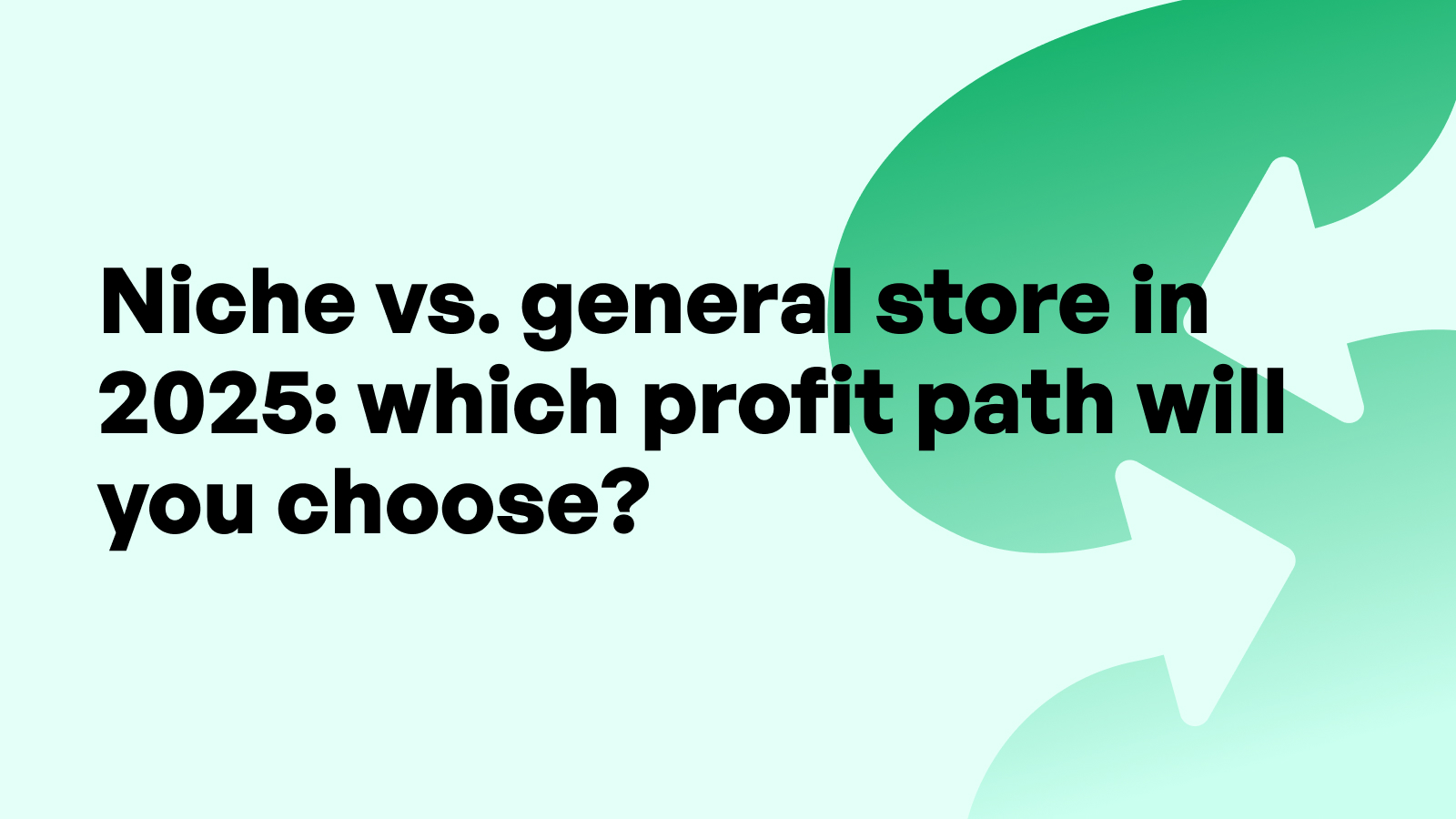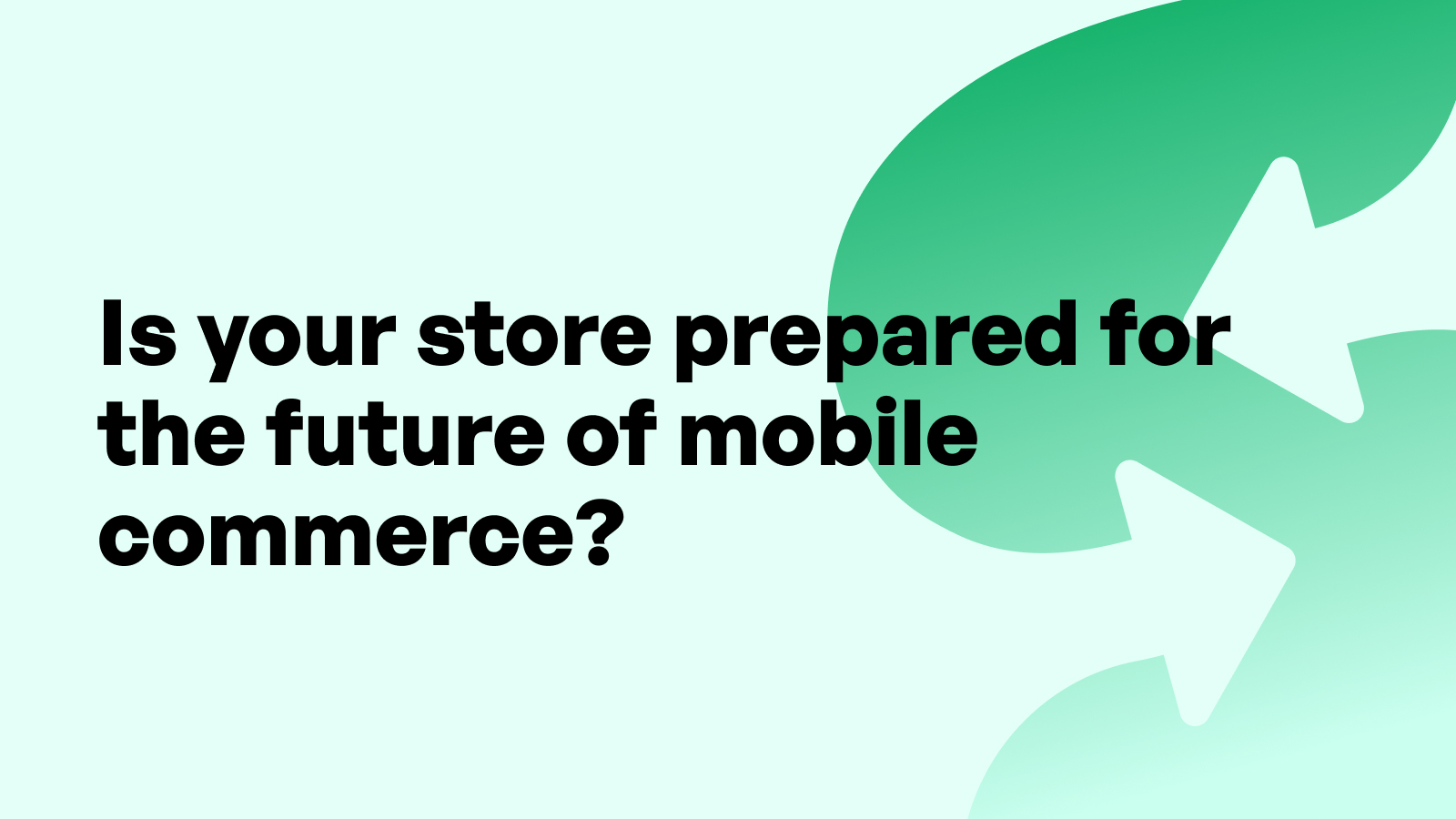What Shopify’s Latest Updates Mean for Your Store (And How to Prepare)

Understanding Shopify’s 2025 Update Cycle
Shopify’s 2025 updates represent a pivotal shift in how the platform continues to innovate for modern commerce. For Shopify merchants, staying ahead of these changes can make the difference between rapid growth and operational friction. With Shopify Editions now released biannually, the cadence of innovation has increased, bringing a constant stream of enhancements to themes, apps, infrastructure, and merchant tools.
The 2025 product roadmap includes major updates across three key dimensions: backend infrastructure, customer experience, and global commerce. Shopify is also doubling down on performance, AI, and localization capabilities. Understanding the scope of these updates is the first step to preparing your store to thrive in this evolving environment.
In particular, Shopify Editions now serve as a biannual showcase of product evolution. Each edition introduces a themed rollout of features and platform-wide capabilities, giving merchants and developers a transparent view of what’s changing. The Editions approach allows Shopify merchants to plan migrations and test new tools with a clear timeline.
Key Backend Infrastructure Improvements
Among the most notable backend upgrades in Shopify’s 2025 platform improvements are those that boost speed, scalability, and inventory management. Shopify merchants have long demanded faster load times and more reliable infrastructure, and Shopify has responded with foundational enhancements.
Shopify has upgraded its Liquid rendering engine, introducing an optimized compile and caching process that reduces time-to-first-byte significantly. These changes benefit stores with large product catalogs and high traffic, ensuring smooth and consistent delivery of assets across the globe. Additionally, Shopify now supports server-side rendering enhancements and parallelized API calls for faster backend processing.
Another game-changing update is real-time inventory sync across multi-location fulfillment networks. Shopify merchants with multiple warehouses or third-party logistics providers can now reflect accurate stock levels in milliseconds. This eliminates overselling and manual sync issues, which were previously a pain point for larger or fast-moving stores.
Performance optimization tools have also been upgraded. Shopify now includes native insights into Time to Interactive (TTI), First Contentful Paint (FCP), and Core Web Vitals directly in the admin dashboard. This empowers merchants to identify and address performance issues without relying entirely on third-party audit tools.
New Checkout and Payment Experience
Shopify Checkout remains one of the most strategic assets for the platform, and its 2025 updates reflect a deep investment in making the purchase flow faster, smarter, and more customizable. Shopify merchants can now leverage a one-page checkout experience that has been thoroughly A/B tested to reduce abandonment and improve conversion.
The new checkout extensibility framework allows for deep customization via apps and scripts, without compromising security or future compatibility. Merchants can now adjust layout, fields, logic, and even payment methods based on customer behavior or segmentation.
Moreover, Shopify now natively supports more third-party payment gateways and localized wallets. This includes faster integrations with region-specific providers in Europe, Asia, and Latin America, allowing international customers to check out with their preferred methods.
This section also offers a natural opportunity to mention the Self Serve Shopify App. For Shopify merchants looking to streamline checkout automation and empower customers to handle post-purchase needs like order edits or status checks, the Self Serve Shopify App is an invaluable tool. It integrates seamlessly into the updated checkout framework and enhances customer satisfaction while reducing support tickets.
Shopify Markets and Cross-Border Selling
Going global has become a priority for many Shopify merchants, and the 2025 updates to Shopify Markets reflect this shift. One of the most anticipated enhancements is advanced duties and tax calculation, which now supports end-to-end transparency for international customers. This means fewer surprise fees, fewer cart abandonments, and higher conversion rates.
Shopify Markets now includes improved localization tools, including automatic language switching based on customer IP, personalized storefront content based on region, and advanced geolocation detection. These tools allow Shopify merchants to operate truly localized stores without having to manage separate storefronts.
Currency switching has also been enhanced. Customers can now toggle between currencies with real-time exchange rates and see total costs—including duties—calculated upfront. This increases trust and conversion in key global markets.
For merchants using Shopify Markets Pro, fulfillment partnerships have expanded. Shopify now natively integrates with DHL, FedEx International, and region-specific providers through a unified shipping dashboard. This streamlines logistics while allowing Shopify merchants to retain full control over delivery speed, returns, and branding.
New Theme and Storefront Capabilities
Visual identity plays a crucial role in digital commerce, and Shopify’s 2025 updates have dramatically expanded theme customization. Online Store 2.0 has matured with better developer tooling, enhanced metafields, and simplified section management. This makes it easier for Shopify merchants to deploy rich storytelling and merchandising directly within their themes.
A key feature is the introduction of AI-generated section templates that help merchants build landing pages faster. These are customizable but intelligently pre-structured based on product category, collection intent, or marketing funnel stage. As a result, Shopify merchants can now test variations of landing pages without hiring developers.
The improved Theme Editor also now allows granular control over styling, typography, and mobile-specific elements. Shopify has clearly recognized the need to deliver cohesive omnichannel branding, and these enhancements reflect that direction.
B2B and Wholesale Expansion Features
B2B commerce is becoming a major growth segment, and Shopify’s 2025 platform updates address that with dedicated tools. Shopify Plus users now gain access to more advanced features for managing company profiles, net terms, and volume-based pricing.
Merchants can now assign B2B buyers to specific catalogs with customized pricing rules, checkout flows, and approval processes. This streamlines operations for those selling wholesale or managing large corporate accounts.
Integration with QuickBooks and NetSuite has also improved. Shopify now supports deeper API connections with accounting and procurement systems, making reconciliation and invoicing more automated. Shopify merchants with B2B workflows can now rely on a single admin interface to manage both DTC and B2B transactions in parallel.
Shopify POS and Omnichannel Sales Upgrades
Physical retail continues to evolve, and Shopify’s updates to its POS system ensure Shopify merchants can offer seamless omnichannel experiences. The POS app now includes faster hardware syncing, tap-to-pay options, and real-time inventory access for staff.
Additionally, the POS system integrates with Shopify’s online promotions engine, so merchants can run unified campaigns across in-store and online without creating redundant promotions.
For pop-ups, markets, and temporary installations, Shopify POS Go has received an interface upgrade, and Shopify Balance card integrations allow store staff to handle payouts and expenses more efficiently.
AI-Powered Tools for Smarter Selling
Artificial intelligence is at the heart of Shopify’s 2025 innovation strategy. Shopify merchants now have access to built-in AI tools under the Shopify Magic suite. These tools help with everything from product description generation to dynamic pricing suggestions.
The new AI-driven Insights Panel analyzes customer behavior and recommends actions such as promotional timing, product bundling, or stock replenishment. It learns from each store’s historical data to provide tailored guidance, giving Shopify merchants a competitive advantage in day-to-day decision-making.
AI is also powering automated A/B testing of product pages, email subject lines, and ad creative. Shopify merchants no longer need external tools to run experiments. With Shopify Magic, automated experiments are built directly into the admin.
Additionally, AI chatbots now integrate natively with Shopify Inbox, providing customers with immediate support while escalating more complex issues to live agents. This hybrid support model reduces churn and improves post-purchase satisfaction.
Updates to Shopify App Ecosystem
The Shopify App Store continues to evolve with a focus on security, discoverability, and performance. In 2025, Shopify has introduced stricter review processes, sandbox testing environments, and a developer transparency program. This ensures that Shopify merchants install only high-quality, secure apps.
App Store listings now include verified use cases, merchant testimonials, and transparent pricing breakdowns. Shopify has introduced AI-powered recommendations based on store vertical and merchant goals, helping merchants discover tools faster.
Developers also benefit from updated Polaris design system guidelines and GraphQL performance optimizations. This results in apps that feel more native to the Shopify experience, improving usability and trust for merchants.
Finally, Shopify is rolling out tighter integration points for headless commerce apps and composable storefronts. This allows larger or more technical Shopify merchants to use Shopify’s backend while customizing their entire front-end architecture with speed and modularity.
Compliance, Security, and Legal Readiness
As data privacy regulations evolve, Shopify’s updates ensure that merchants remain compliant with international laws. Shopify now provides built-in consent tracking, GDPR/CCPA templates, and an updated cookie banner framework.
Merchants are prompted to configure their privacy and data retention settings during onboarding. Shopify also includes compliance checklists in the admin panel, with reminders tied to store location, customer region, and transaction types.
From a security standpoint, Shopify has implemented stronger fraud prevention through AI risk scoring, two-factor authentication enhancements, and merchant alerts for unusual admin behavior. These tools are particularly critical for Shopify merchants handling high-volume transactions.
Shopify’s legal documentation is now more modular and easier to customize per region. For example, refund policy templates can be configured by market, and Shopify’s legal partners provide localization suggestions that help Shopify merchants reduce liability exposure.
Performance Metrics and Store Monitoring Tools
Shopify’s enhanced analytics dashboard now provides real-time tracking of performance benchmarks. Shopify merchants can track bounce rate, mobile responsiveness, page speed, and SEO indexability at a glance.
With the inclusion of AI-generated insights, merchants can receive proactive suggestions such as when to optimize images, restructure collections, or refresh product pages based on traffic drops.
These tools enable better decision-making and empower merchants to act swiftly before issues escalate into revenue losses.
Proactive Steps to Prepare for Shopify’s Updates
Preparation is key. Shopify merchants should create a staging version of their store to test major updates or app integrations. Use Shopify’s developer preview tools to explore new features before going live.
Set up a quarterly review process to audit theme, app performance, and customer journey. Shopify’s new merchant tools make this easier with templated checklists and interactive guidance.
Above all, focus on training your team. New tools are only effective if your team understands how to use them. Shopify Academy offers updated training modules to support onboarding and update transitions.
Conclusion: Embracing Innovation Confidently
Shopify’s 2025 updates position the platform as a leader in adaptive, merchant-centric eCommerce. With improvements across infrastructure, AI, payments, global selling, and customization, Shopify merchants are better equipped than ever to compete.
As you prepare to integrate these changes, don’t overlook tools that streamline your operation. The Self Serve Shopify App remains a practical solution for post-purchase automation, allowing customers to resolve issues like order updates or shipping changes on their own. It’s a must-have for merchants focused on scaling support without ballooning costs.
By aligning your strategy with Shopify’s evolving platform, your store can remain agile, customer-focused, and profitable.
FAQs: Shopify 2025 Updates
1. How often does Shopify release major updates? Shopify follows a biannual release cycle through Shopify Editions, delivering major feature sets twice a year, typically in winter and summer.
2. Do I need to manually install the 2025 updates? Most updates are automatic or accessible via your Shopify admin. However, feature-specific changes, especially in checkout or storefronts, may require manual enablement or developer assistance.
3. How can Shopify merchants test updates safely? You can create a duplicate of your store or use the Shopify developer preview tools to test updates in a sandbox environment before publishing.
4. Will older themes still be supported after 2025? While some legacy themes will remain usable, Shopify recommends migrating to Online Store 2.0 themes to leverage all new customization and performance features.
5. Are there any new legal compliance requirements for merchants? Yes. Shopify now includes automated tools for GDPR and tax compliance, but you should consult legal counsel to ensure adherence based on your region and industry.



